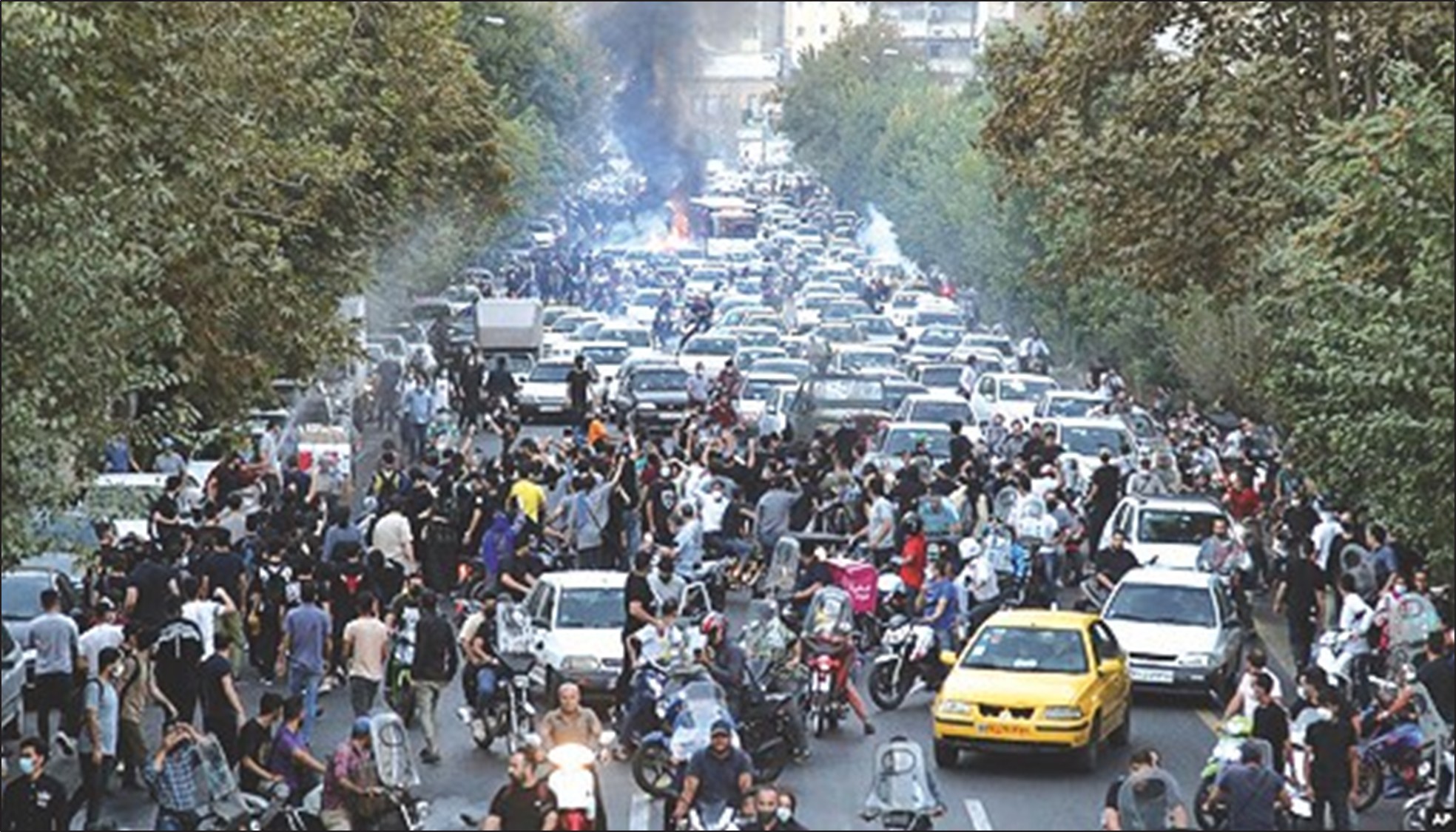December 06-2013
By Robert Einhorn
Unable to disclose the details of ongoing negotiations, Obama administration officials have been on the defensive for several weeks against critics at home and abroad. The announcement of the deal enables U.S. officials to demonstrate that, in key areas, they have exceeded expectations and that the criticism was often off-the-mark.
The first-step deal convincingly and comprehensively closes the door to progress in Iran’s nuclear program during the six-month period. It halts further advances in ways that were widely reported and anticipated, such as stopping production of near-20 percent enriched uranium, banning the operation or further installation of advanced centrifuges, and preventing the fueling and operation of the Arak reactor. But it goes well beyond that, including by allowing the production of additional centrifuges only to replace broken ones, requiring the conversion to oxide of newly produced uranium enriched to below five percent (thus capping stocks at that enrichment level), and preventing the testing or production of fuel and the installation of additional components for the Arak reactor. Few if any stones were left unturned in preventing Iran from advancing its program while negotiations are underway on a final deal.
Also unexpected was the requirement to eliminate altogether the stocks of near-20 percent enriched uranium in the gaseous form most readily transformed into weapons-grade uranium. Iran must either dilute it to below five percent or convert it to an oxide, which moves it a step away from weapons use. Israeli Prime Minister Benjamin Netanyahu’s famous redline required Iran to stay below 250 kilograms of near-20 percent enriched uranium in the form that could be boosted rapidly to weapons-grade. The deal will drop Iran to zero.
Also exceeding expectations were the deal’s provisions on verification. International Atomic Energy Agency inspectors will have daily access to key facilities. To deter and detect covert activities, the deal calls for monitoring measures that go way beyond Iran’s current safeguards agreement with the IAEA, including access to centrifuge production, assembly, and storage facilities and uranium mines and milling facilities. It also requires Iran to provide key data about its nuclear activities that it is not now providing.
To get these constraints and monitoring measures, U.S. negotiators agreed to sanctions easing measures that were surprisingly modest. The sanctions relief Iran will receive for the six-month period will be $7 billion at most, which is a small fraction of the cost of sanctions that will continue to be imposed on Iran. In terms of the oil sanctions alone, Iran will make around $30 billion less in oil revenues during those six months than it was making every six months before the sanctions were imposed.
Critics are correct that the deal does not reduce Iran’s nuclear infrastructure or significantly lengthen Iran’s nuclear breakout timeline. Those are goals that must be achieved in a comprehensive, final agreement. What the initial deal does is create a solid foundation for the very difficult negotiations ahead, and it leaves intact the tough sanctions needed as leverage to get Iran to accept a sound final agreement that meets our requirements and those of our allies in the P5+1 and the Middle East.
Robert Einhorn is a senior fellow with the Arms Control and Non-Proliferation Initiative and the Center for 21st Century Security and Intelligence, both housed within the Foreign Policy program at Brookings.





















